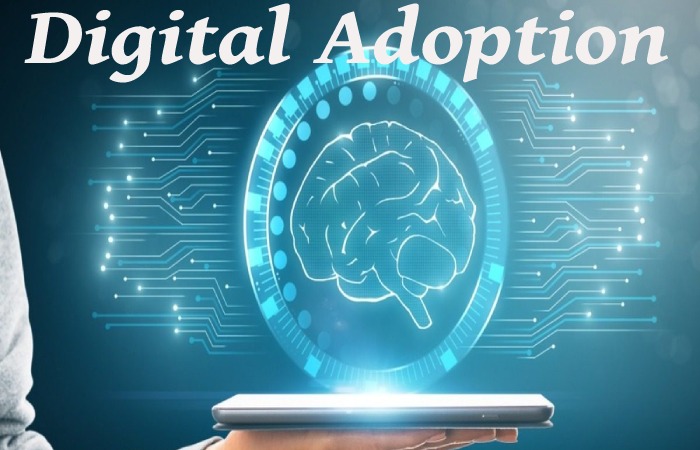Technology in the face of COVID-19

Technology in the face of COVID-19, the coronavirus is still among us and, unlike the perverse use of technology seen in the successful Netflix production.
In our case, it seems that it will serve to help us better cope with the pandemic from a health point of view.
Social distancing is the maximum recommendation to all citizens.
Offers are already emerging from technology companies that seek to avoid contamination in spaces where crowds usually occur,
whether supermarkets, soccer fields, or transport.
Artificial intelligence for the new normal
This is the case of the companies, which have been developing and marketing an algorithm specialized in indoor locations for several years.
Its operation requires installing a small device in the shopping cart of a supermarket to determine in real-time the number of people in each of the installation areas.

Thanks to this mechanism, store employees could obtain useful metrics from their cell phones or computers,
such as the number of times a person has approached others,
the sum of customers per square meter, or likely sources of contagion.
The system also allows sending warnings if there are too many people in a particular corridor or the safety distances are not respects and predictions about the arrival.
The best that this data can be share in real-time and installing screens means that customers always know which areas to avoid.
The benefits of 3D printing and the blockchain
You have heard in the news or the press how 3D printers are helping to prevent COVID-19 infections.
Using this technology to make the medical aids necessary for the work of professionals both on a small and large scale.
These printers offer benefits such as:
Allowing factories to customize product design, optimize production, or quickly adapt to changing market demands.
It also avoids dependencies on external agents and relocations since the entire production process occurs in the same company.
The blockchain or blockchain is a data structure in which the information it contains is group into groups (blocks).
To which meta-information about another block of the previous chain is add in a timeline
so that the Information contains in the block can only be discard or edit by modifying all subsequent blocks.
This would help manage digital procedures with administration for individuals or companies.
And avoid the risk of counterfeiting and physical contact.
Digital Adoption Technology
During the pandemic, consumers have switched to online channels dramatically, and companies and industries have responded in turn.
The survey results confirm the rapid change towards interaction with customers via digital channels.
They also show that adoption rates are years ahead of previous surveys, and even more so in developed countries than in other regions.

Today, respondents are three times more likely than before the crisis to state that at least 80 percent of their interactions with customers are digital.
Perhaps more surprising is the acceleration in the creation of digital or digitally enhanced offers. Across all regions, the results indicate that companies develop these products and services over an average of seven years.
The leap is even greater at ten years of age in the developed countries of Asia. Respondents also report a similar mix of digital product types in their wallets before and during the pandemic, for example here.
To stay competitive in this new business and economic environment requires new strategies and practices. Our findings suggest that executives are taking note.
Most respondents recognize technology’s strategic importance as a critical component of the business.


